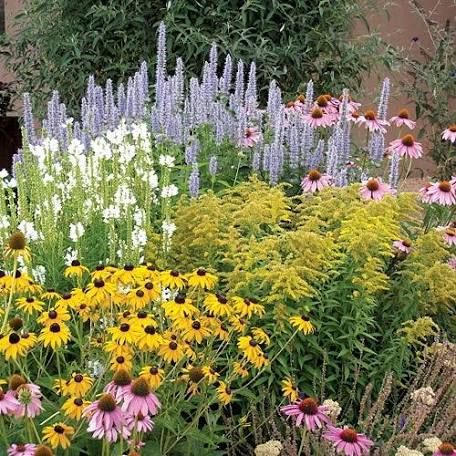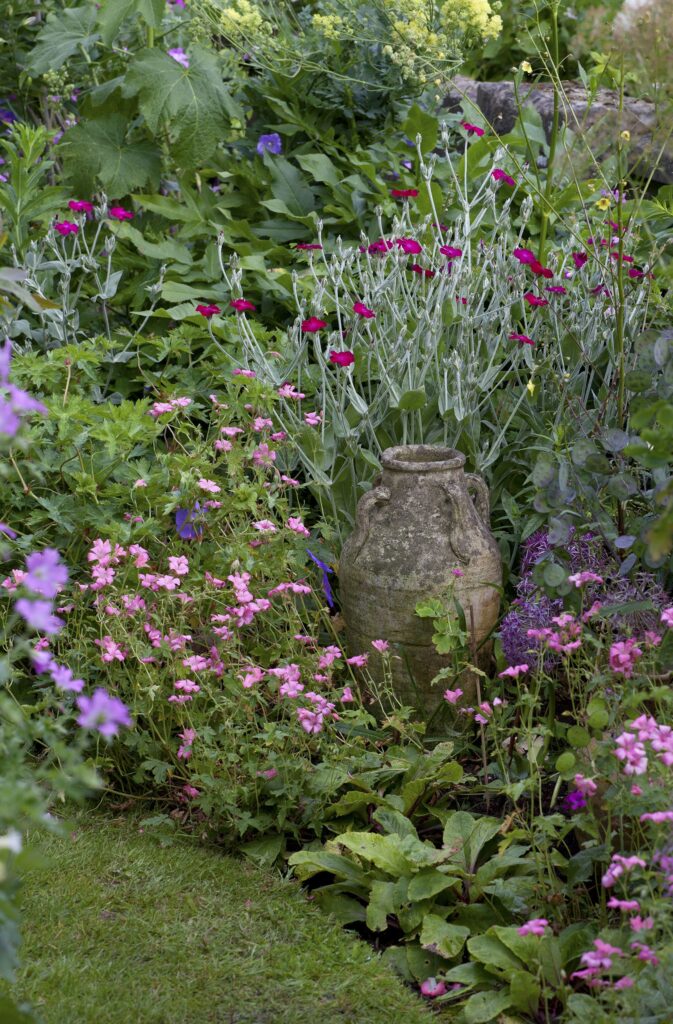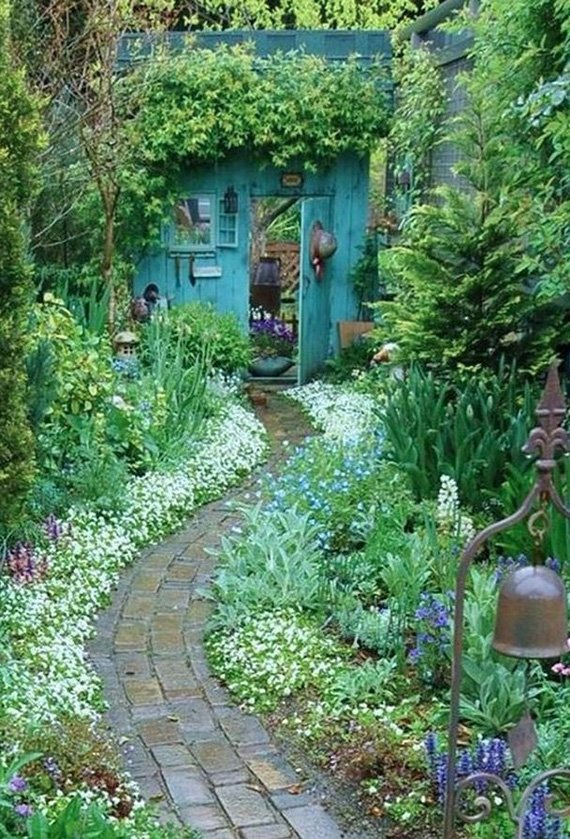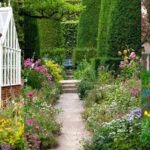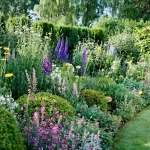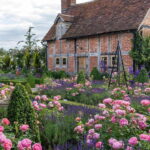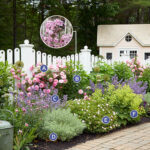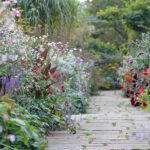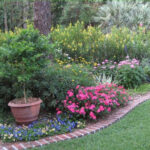Cottage gardens are beloved for their romantic and whimsical charm, evoking a sense of nostalgia and simplicity. Originating in the rural English countryside, cottage gardens have become a popular landscaping style around the world. These gardens typically feature a mix of flowers, herbs, and vegetables in a seemingly haphazard yet harmonious arrangement.
One of the defining characteristics of cottage gardens is their informal and unstructured design. Plants are often grown closely together, creating a lush and dense display of color and texture. Traditional cottage garden plants include roses, lavender, foxgloves, delphiniums, and hollyhocks, among others. These plants are chosen for their ability to thrive in a variety of conditions and for their nostalgic appeal.
Cottage gardens are known for their profusion of blooms throughout the growing season. By carefully selecting a mix of plants that bloom at different times, cottage gardeners can ensure a continuous display of color from spring through fall. The overall effect is one of riotous exuberance, with flowers spilling over one another in a joyous celebration of nature’s beauty.
In addition to flowers, cottage gardens often include herbs and vegetables, adding an element of practicality to their romantic aesthetic. Rosemary, thyme, and sage are commonly found in cottage gardens, as well as vegetables like tomatoes, lettuce, and peppers. This mix of ornamental and edible plants reflects the cottage garden’s humble origins as a source of sustenance and beauty for rural households.
Creating a cottage garden is a labor of love that requires careful planning and maintenance. Gardeners must consider factors such as soil quality, sunlight exposure, and plant compatibility when designing their garden. Regular pruning, weeding, and watering are essential tasks to keep a cottage garden looking its best. Despite the hard work involved, the rewards of a flourishing cottage garden are well worth the effort. In a world that often feels chaotic and fast-paced, the tranquility and beauty of a cottage garden offer a welcome respite and a connection to nature’s timeless rhythms.
